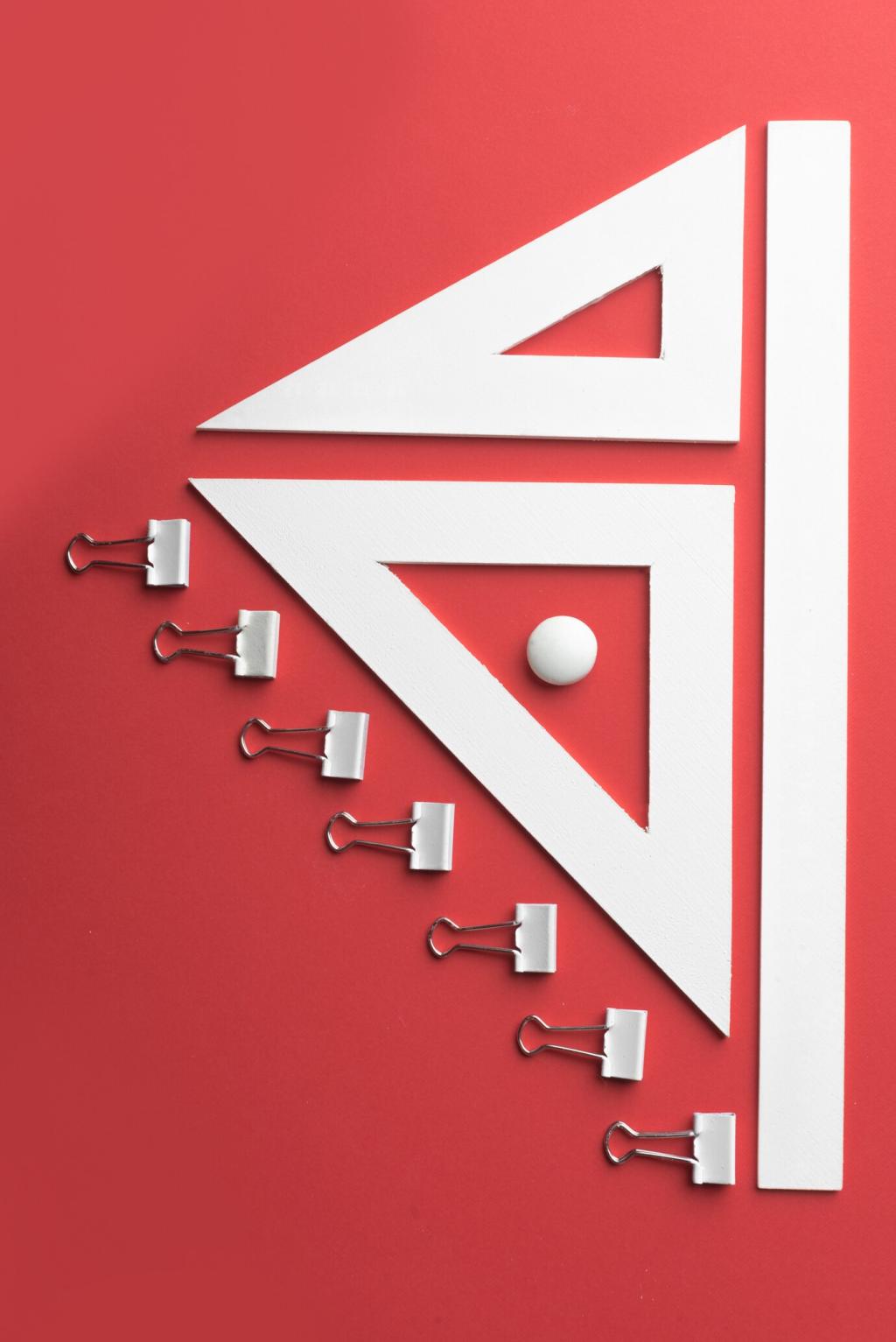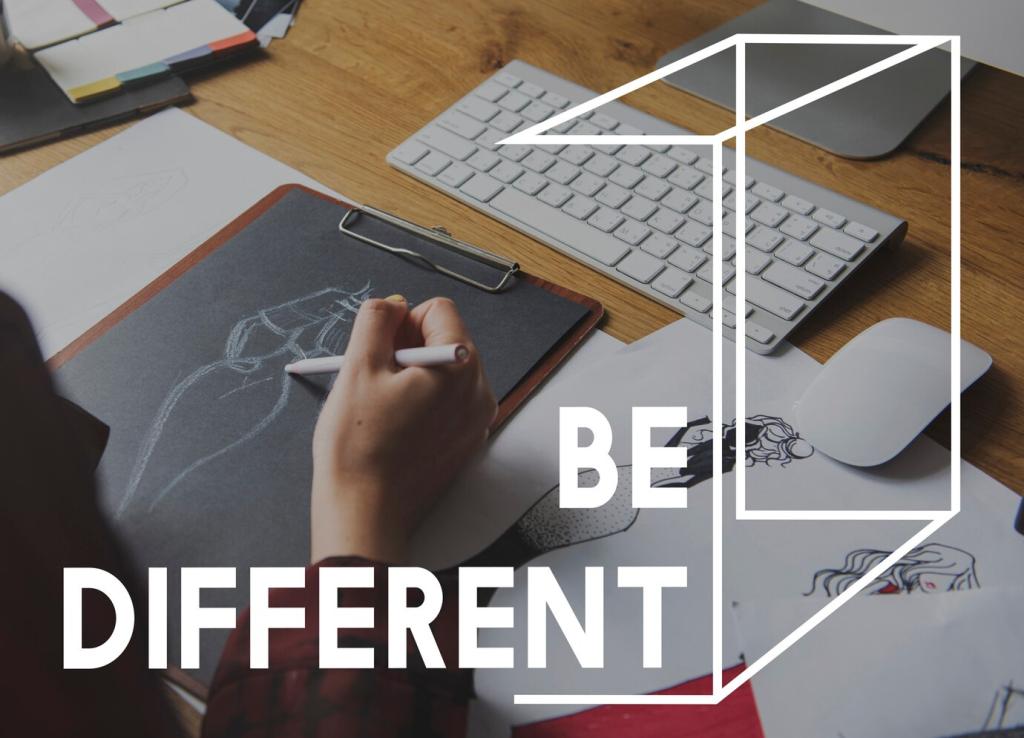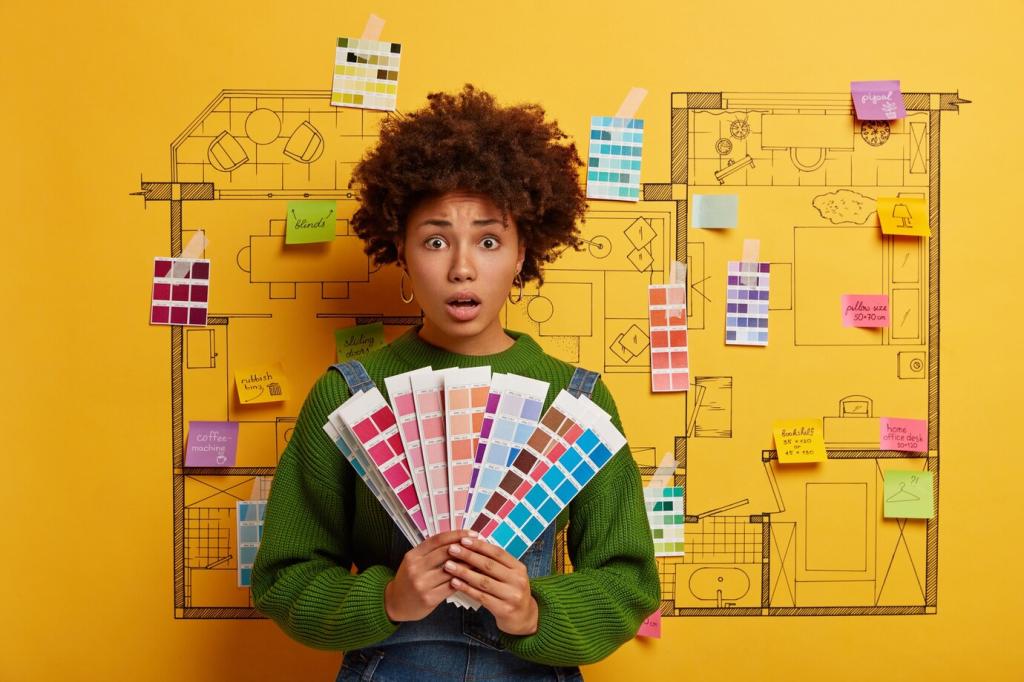Try It Today: Practical Light and Dark Exercises
Open your top three screens on a phone in bright daylight and in a dim room. Note where text fails, where buttons blur, and where eyes get lost. Fix two issues immediately with value alone before touching color.
Try It Today: Practical Light and Dark Exercises
Export the page to grayscale. Assign consistent steps for headings, body, dividers, cards, and primary actions. Lock those steps into tokens. When color returns, your structure will hold steady and your accents will finally earn their spotlight.
Try It Today: Practical Light and Dark Exercises
Drop a link or screenshot with your toughest light–dark challenge. We will feature standout transformations and discuss choices in detail. Subscribe to get future deep dives on shade variations, tools, and reader breakdowns delivered straight to your inbox.










